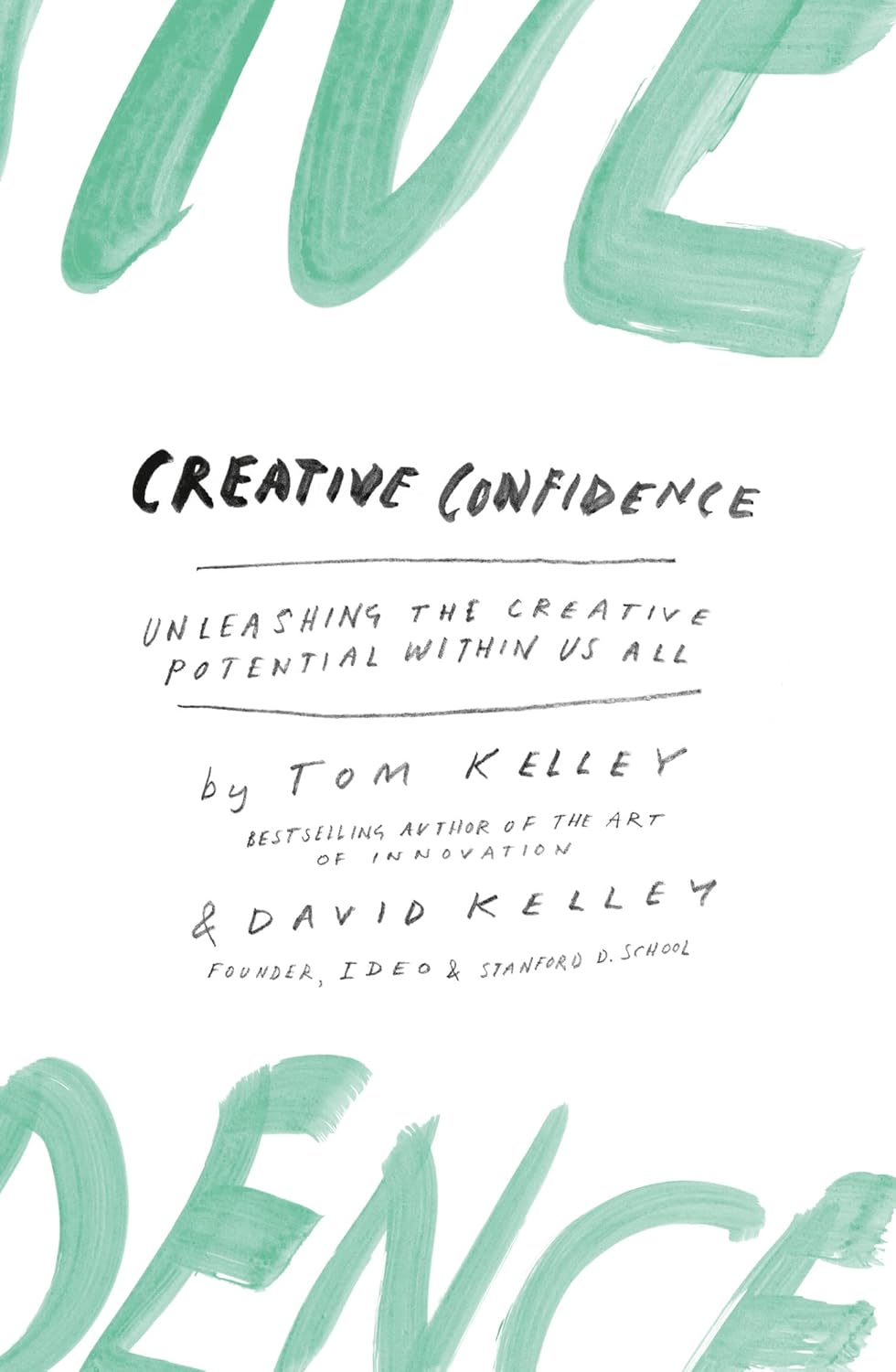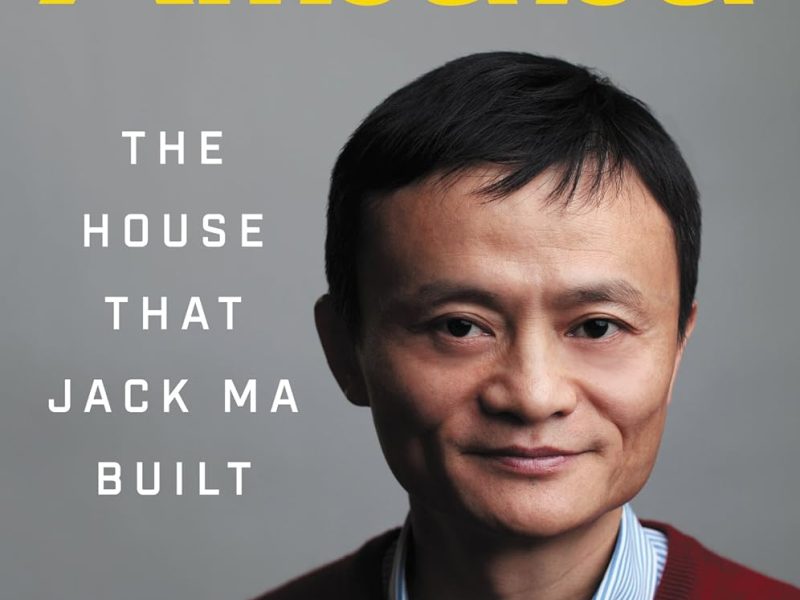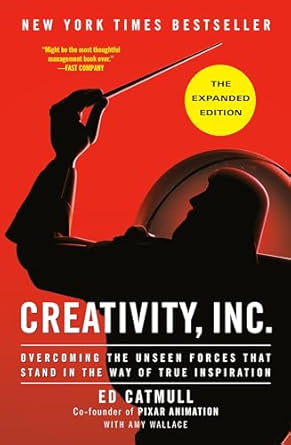Unleashing the Creative Potential Within Us All
A book written by Tom Kelley and David Kelley, co-founders of IDEO and the Stanford d.school respectively, challenges the widespread belief that creativity is an innate gift possessed by only a select few.
Instead, they argue that creativity is a learnable skill, a mindset, and a powerful force that resides within every individual, waiting to be unleashed.
The book serves as a practical guide and a powerful motivational tool, aiming to empower readers to rediscover and apply their innate creative abilities in all aspects of their lives, from professional challenges to personal growth.
The authors draw extensively on their vast experience at IDEO, a renowned innovation and design firm, and the Stanford d.school, a pioneering institution for design thinking education.
They present compelling anecdotes, actionable advice, and practical exercises to help readers overcome the common fears and barriers that stifle creativity.
The book is structured to guide the reader through a journey of understanding, embracing, and ultimately acting on their creative potential.
Introduction: The Heart of Innovation
The introduction sets the premise that creativity is not an esoteric quality but the very “heart of innovation.” The Kelley brothers contend that in a rapidly changing world, the ability to generate new ideas, solve complex problems, and adapt to unforeseen challenges is more critical than ever.
They emphasize that while some may associate creativity with artistic endeavors, it is equally, if not more, vital in business, science, education, and everyday life. They introduce the concept of “creative confidence” as the belief in one’s own ability to be creative and to change the world around them.
This confidence, they argue, is often eroded by societal pressures, educational systems that prioritize conformity, and past negative experiences. The goal of the book is to help readers reclaim this inherent confidence and to see themselves as active participants in shaping the future.
They highlight that true innovation comes from a blend of analytical rigor and imaginative leaps, and that creative confidence empowers individuals to take those leaps.
Chapter 1: Flip: From Design Thinking to Creative Confidence
This chapter establishes a crucial link between design thinking and creative confidence. The authors posit that design thinking, a human-centered approach to innovation, is not just a methodology but also a powerful vehicle for building creative confidence.
By engaging in the iterative process of design thinking—which involves empathizing with users, defining problems, ideating solutions, prototyping, and testing—individuals naturally develop their creative muscles.
The “Flip” refers to the shift in mindset from believing one is not creative to realizing that they possess untapped creative potential.
The Kelley brothers share stories of individuals who, despite initially lacking confidence in their creative abilities, were able to innovate and solve problems through the application of design thinking principles.
They emphasize that by embracing experimentation, learning from failure, and focusing on human needs, individuals can overcome their creative blocks and unlock their full innovative capacity.
Chapter 2: Dare: From Fear to Courage
A central theme of the book is conquering fear, which the authors identify as the primary obstacle to creativity. They argue that fear of judgment, fear of failure, fear of the unknown, and even fear of looking foolish often paralyze individuals and prevent them from pursuing novel ideas. “Dare” is about cultivating the courage to overcome these fears and take creative risks.
The Kelleys provide strategies for reframing failure as a learning opportunity, embracing imperfections, and starting small to build momentum. They advocate for a mindset that celebrates experimentation and rapid prototyping, where ideas are tested quickly and cheaply to gather feedback rather than perfected in isolation.
They share stories of individuals and organizations that have successfully moved from a state of fear to one of creative courage, demonstrating that taking small, brave steps can lead to significant breakthroughs and a profound sense of creative liberation.
Chapter 3: Spark: From Blank Page to Insight
This chapter delves into the initial stages of the creative process: generating ideas and finding inspiration. The “Spark” represents the moment of insight, the sudden realization that transforms a blank page into a canvas of possibilities. The authors provide practical techniques for breaking through creative blocks and fostering a flow of ideas. These include:
- Immersion: Deeply understanding the problem context and empathizing with the people involved.
- Observation: Paying close attention to how people interact with their environment and products, uncovering unmet needs.
- Questioning: Asking “why” and “what if” to challenge assumptions and explore new perspectives.
- Brainstorming and divergent thinking: Generating a large quantity of ideas without initial judgment.
- Mind mapping and visual thinking: Using diagrams and sketches to connect ideas and reveal patterns.
The Kelleys emphasize that inspiration often comes from actively seeking it, rather than waiting for a muse. They encourage curiosity, playfulness, and a willingness to explore seemingly unrelated concepts to find unexpected connections that can lead to truly innovative insights.
Chapter 4: Leap: From Planning to Action
This chapter focuses on the crucial transition from ideation to execution. The “Leap” signifies the move from conceptualizing an idea to taking concrete action. The authors highlight the common pitfall of perpetual planning without ever moving to implementation. They advocate for a bias toward action, emphasizing the importance of rapid prototyping and experimentation.
This isn’t about rushing blindly, but about learning by doing. They discuss the concept of “minimum viable prototypes”—rough, inexpensive models that allow designers to quickly test assumptions, gather user feedback, and iterate on their ideas.
This iterative process allows for continuous learning and refinement, minimizing risk and maximizing the chances of success. The Kelleys stress that the real learning happens when ideas are put into the world and tested with real users, even if they are imperfect.
This actionable approach builds creative confidence by demonstrating that ideas can be brought to life and improved through iterative engagement.
Chapter 5: Seek: From Duty to Passion
This chapter explores the intrinsic motivation behind sustained creativity: passion. The authors argue that while external motivators like deadlines or rewards can drive initial creative efforts, true, long-lasting creativity stems from genuine interest and personal investment.
“Seek” is about finding and pursuing projects that genuinely excite and inspire. The Kelleys discuss how to cultivate a sense of purpose and meaning in one’s work, transforming tasks from mere duties into expressions of passion.
They suggest techniques for identifying personal values, aligning work with strengths, and carving out opportunities to explore areas of genuine interest.
When individuals are passionate about what they do, they are more likely to persevere through challenges, generate innovative solutions, and achieve extraordinary results.
This chapter encourages readers to connect with their inner drives and to use their creative potential to pursue work that truly fulfills them.
Chapter 6: Team: Creatively Confident Groups
While much of the book focuses on individual creative confidence, this chapter shifts to the power of collective creativity.
The Kelleys assert that innovation rarely happens in isolation; it thrives in collaborative environments. “Team” is about fostering creatively confident groups where diverse perspectives are valued, psychological safety is paramount, and constructive feedback is encouraged.
They discuss strategies for building effective creative teams, such as:
- Cultivating psychological safety: Creating an environment where team members feel comfortable sharing ideas, even seemingly “bad” ones, without fear of ridicule or punishment.
- Embracing diversity: Recognizing that varied backgrounds, skills, and viewpoints lead to richer ideas and more robust solutions.
- Facilitating effective brainstorming: Employing techniques that encourage divergent thinking and defer judgment.
- Promoting constructive feedback: Providing feedback that is specific, actionable, and focused on improvement.
- Leading by example: Leaders demonstrating their own creative confidence and willingness to experiment.
The authors provide examples of successful creative teams at IDEO and elsewhere, illustrating how the right group dynamics can amplify individual creative potential and lead to breakthrough innovations.
Chapter 7: Move: Creative Confidence to Go
This concluding chapter encourages readers to integrate creative confidence into their daily lives and to become agents of change. “Move” signifies taking the principles and practices learned throughout the book and applying them broadly, extending creative confidence beyond specific projects into a continuous lifestyle.
The Kelleys advocate for a mindset of lifelong learning, continuous experimentation, and a willingness to challenge the status quo. They emphasize that creative confidence is not a destination but a journey—an ongoing process of discovery, growth, and impact. They encourage readers to start small, celebrating incremental victories, and to be persistent in their pursuit of creative endeavors.
The chapter provides practical tips for maintaining creative momentum, such as cultivating a curious mind, embracing constraints, and surrounding oneself with inspiring people. Ultimately, “Move” is a call to action, urging readers to unleash their creative potential to tackle personal challenges, drive organizational innovation, and contribute to a more creative and fulfilling world.
A final word:
In summary, “Creative Confidence” is a profoundly inspiring and practical book that demystifies creativity and makes it accessible to everyone. Tom and David Kelley skillfully blend personal anecdotes, insightful observations, and concrete methodologies (rooted in design thinking) to illustrate how creative potential can be unlocked and harnessed.
They systematically address the fears and misconceptions that often hinder creative expression, providing actionable strategies for overcoming these barriers. By emphasizing empathy, experimentation, iteration, and a bias towards action, the book empowers readers to embrace their innate ability to innovate and solve problems.
It serves as a powerful reminder that creativity is not a luxury but a necessity in today’s world, and that with creative confidence, individuals and organizations alike can design a better future.


